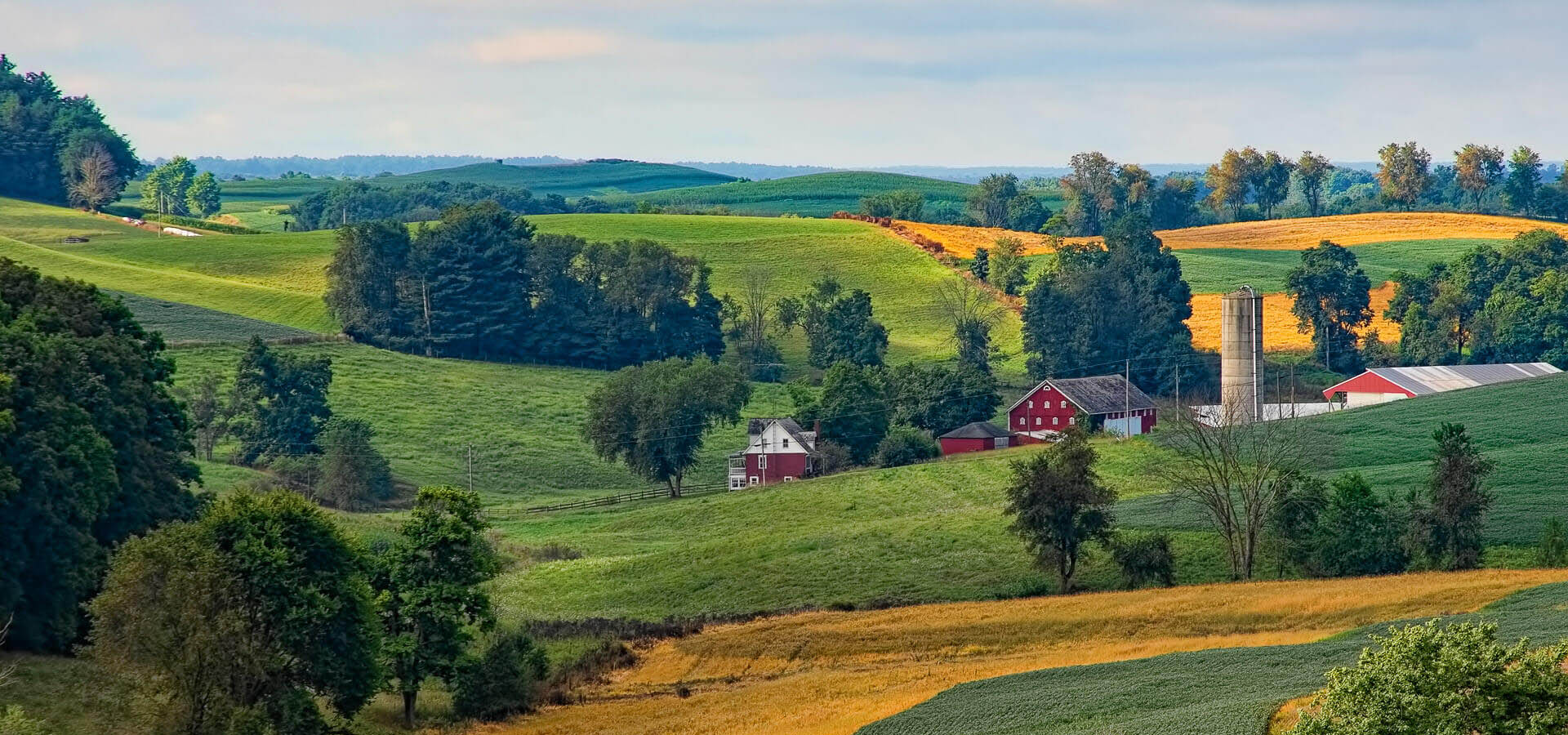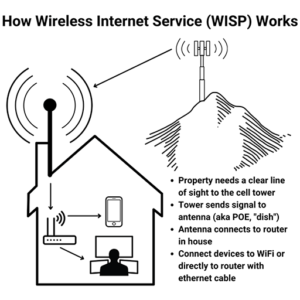
What is Fixed Wireless Access?
Table of Contents
One of the most important parts of my job is to convey technology on a 1,000 foot level so that the people I work with or customers understand it. It's a constant challenge in any industry that is constantly shifting as technology progresses. Fixed Wireless Access (Fixed Wireless) is one of those things that Cellular Service Providers have been doing for a few years through retail sales channels. I still get asked questions about it and as we add new spectrum to feed the masses data needs, that will continue to occur.
Fixed Wireless Access - Old Tech New Methods
Fixed Wireless is not a new technology, it is a well-known technology, doing things a little differently. In fact the term can come across as an antithesis of itself.
Fixed - Fastened securely in place
Wireless - Telecommunications and data transmission without wires.
The term is appropriate for the intention of the product and purpose. A Fixed Wireless device is a wireless modem or modem/router combo intended to be used in a fixed location such as a home or business to bring internet related services to that location. Often times the location in question is rural areas that are deprived of fiber or simply underserved. How underserved is the footprint in the United States? 14.5 million people have less than broadband-speed internet. That is a huge amount of untapped market in an industry that is saturated with mobile devices. We can go a step further, 27.6 million or almost 1/4th of the homes in the United States do not have home internet.
Broadband speed under the current FCC definition is a reliable internet connection that can deliver 25 Mbps download speed and 3Mbps upload speed.
The lack of internet connectivity was brought in to sharp focus beginning in 2019 as the world practically shutdown due to the COVID-19 Pandemic. Many traditional ISPs actually had infrastructure in place to handle the spike in connectivity as the world began working from home. Having the infrastructure is not surprising, many traditional ISPs have tiered rate plans so there is plenty of untapped bandwidth that can be turned up in a hurry. These type of infrastructures are created two-fold, the first is to serve more future customers however that additional bandwidth comes in handy when there are disaster recovery events happening. This methodology works great in urban environments where fiber runs are plentiful and backhaul is generally there to spare. In rural America, where that huge untapped customer base is, bandwidth constraints can be devastating.
What is a customer to do?
Fixed Wireless Solves Some Connectivity Issues
Fixed Wireless solutions are not perfect, no product is but what it does well is overcome many terrain limitations like mountains. Carriers who operate in rural areas covering mountainous terrain stand to gain the most ground here if they deploy a solution aggressively enough and with an acceptable value proposition. Even larger companies like Verizon, AT&T, and T-Mobile are beholden to the terrain of the world. This is where smaller carriers actually have a bargaining chip because they tend to be hyper-defensive about spectrum auctions that cover their areas. This is why Verizon established the LTE in Rural America (LRA) program as a means of building out coverage for the underserved. To be clear, that does not make Verizon a hero for consumers, or the bad guy just abusing smaller companies. This arrangement allows carriers to lease Verizon's 700 MHz Upper C Block Spectrum, provides the carrier likely favorable roaming rates, and allows Verizon to build out it's own LTE network at a cheaper rate.
These are great initiatives but terrain is a continuous challenge that rural carriers face each day. Customer's expect the best coverage possible, all the time. This is not always possible because cell reception can be decreased simply by walking inside a building. Carriers have used other features like microwaves, point-to-point connections, beam-forming and more to mitigate physical structures and terrain issues. Fixed Wireless still has signal limitations but this is greatly reduced as carriers begin offering different types of Fixed Wireless Devices.
There are generally two types of Fixed Wireless devices offered by carriers and access to them is based on what will serve a customer best.
- The first is a traditional looking modem/router combination that contains an LTE radio and a Wi-Fi radio. These types of devices are almost exclusively made for indoor use and have no IP rating or hardening.
- The second type of device is an Outdoor Unit (ODU) that is a pole mounted antenna modem that helps overcome building related RF conditions. These devices typically get mounted on the side of a building and then a power over ethernet (PoE) cable is ran through the buildings wall, sealed with silicone and then connected to a separate wireless router inside the home.

Fixed Wireless - A Bright Future
Fixed Wireless has a pretty bright future and is set to pave the way for cellular carriers to operate not just mobile devices but to function as a Wireless Internet Service Provider (WISP). This will force carriers to make tough operational decisions as Fixed Wireless gains hold in households. The pool of potential customers is simply too large to ignore and has a potential revenue of more than half a billion dollars annually.
Occasionem carpe carriers, Occasionem carpe.
Newsletter Signup
If you enjoyed this content, please consider subscribing to get future updates!

